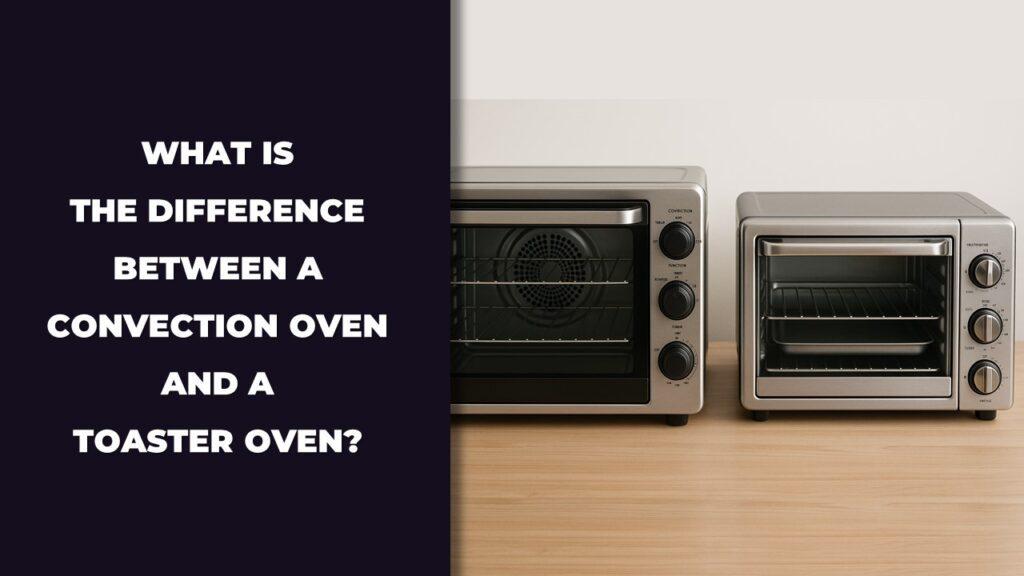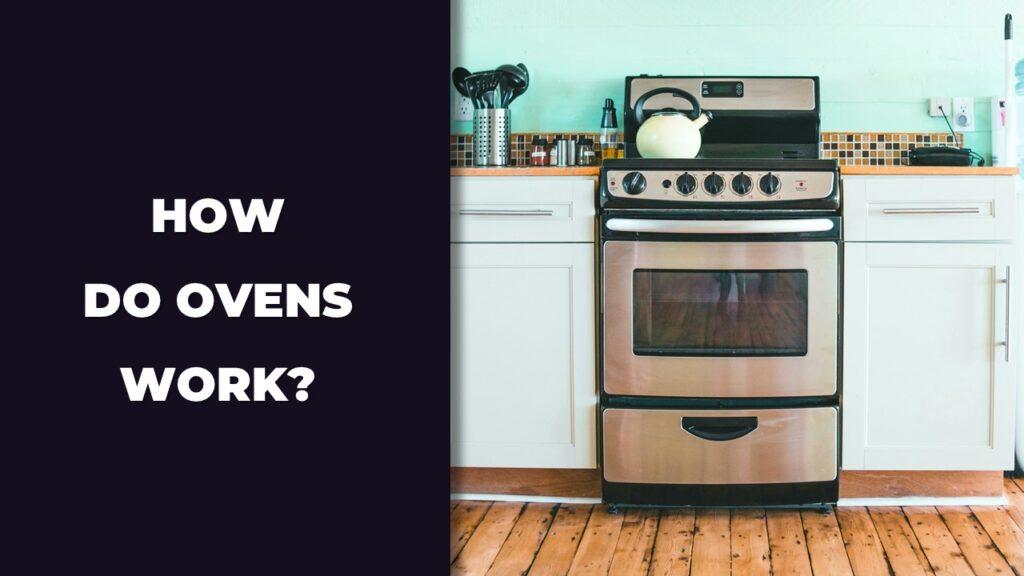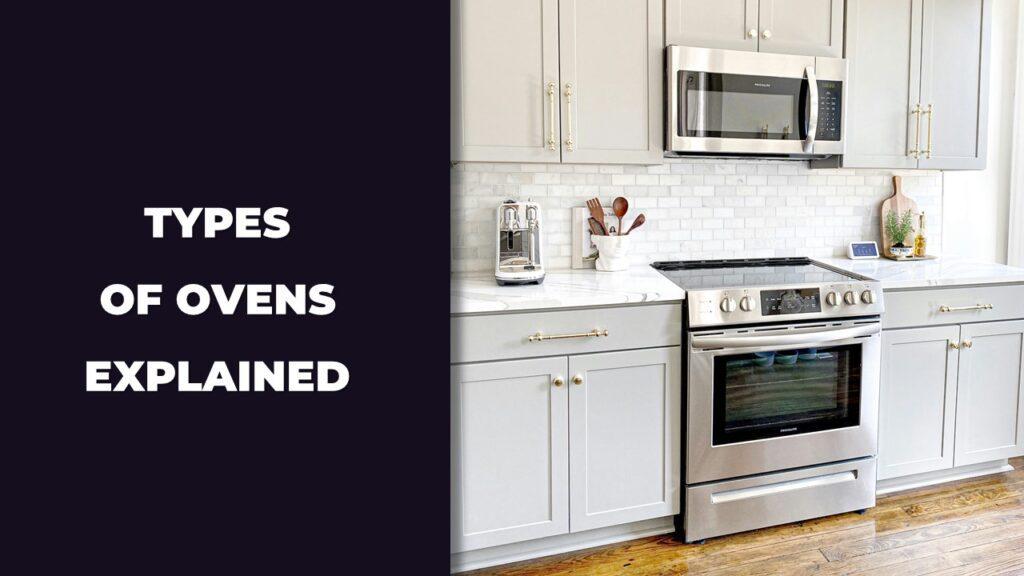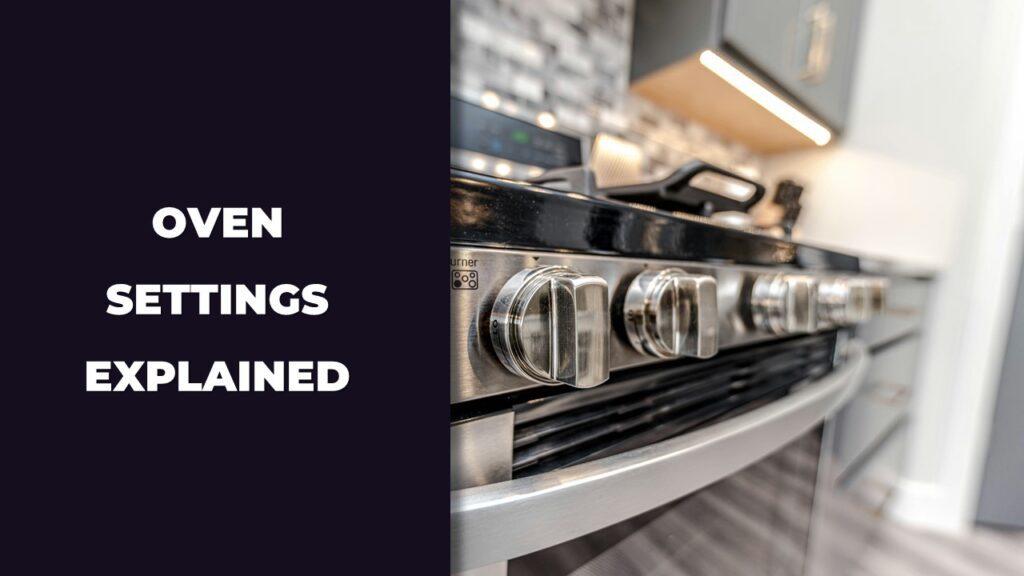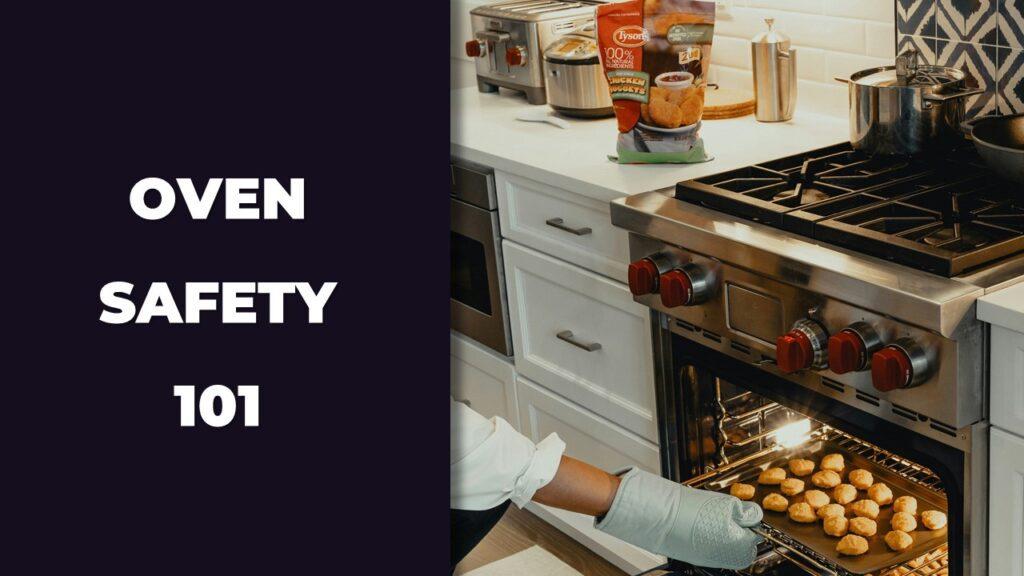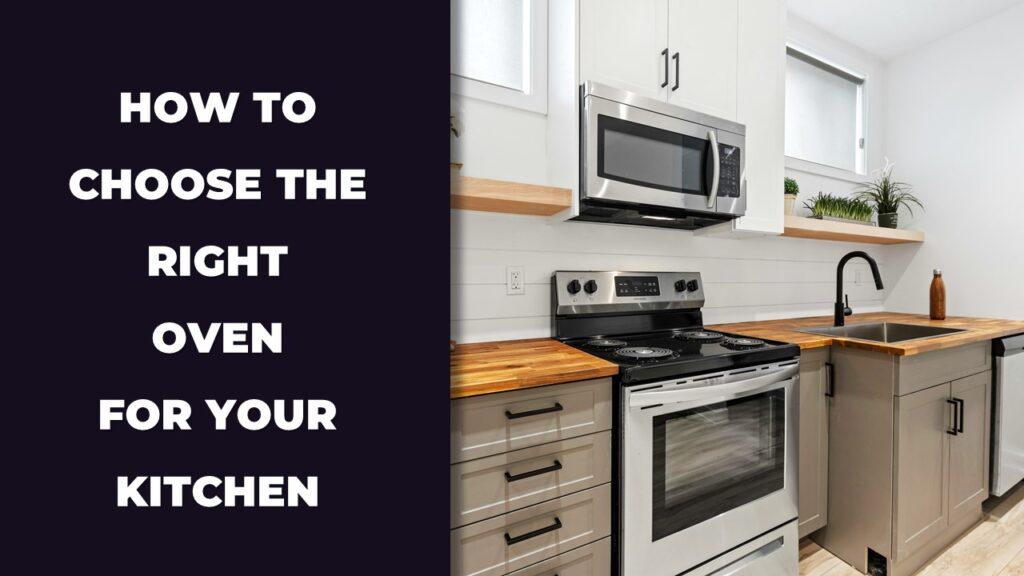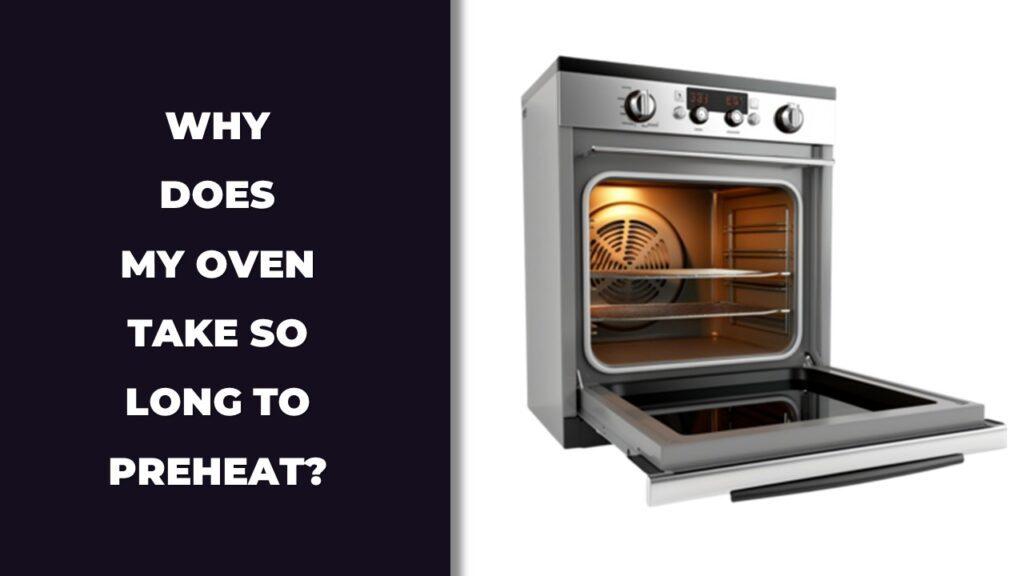
An oven takes a long time to preheat when something’s slowing down how it heats up or holds heat. This could be a weak heating element, a loose door seal letting hot air escape, or a temperature sensor sending the wrong signals. Even extra racks, hidden heating elements, or a cold kitchen can drag out the process. Some ovens just take longer based on size or voltage.
In this article, we’re going to walk through each possible reason your oven feels slow, how to spot the problem, and what you can do to fix it. Whether you’re a home cook or just trying to warm up leftovers, this will help you get your oven back on track without wasting time.
How Long Should an Oven Take to Preheat Normally?
A standard oven usually takes 12 to 15 minutes to preheat to 350°F. If your oven is in good condition, preheating to higher temperatures like 400°F may take 17 to 20 minutes, while lower settings like 250°F may only need about 8 to 10 minutes. The exact time depends on the oven type, size, voltage, and the kitchen environment.
Here’s what to expect under normal conditions:
- To Reach 250°F to 300°F: Takes about 8 to 10 minutes in most ovens.
- To Reach 350°F: Common baking temp. Takes 12 to 15 minutes on average.
- To Reach 400°F to 450°F: May take 17 to 25 minutes, especially in older or larger ovens.
- Gas Ovens: Usually heat up faster than electric models.
- Electric Ovens: Take longer to preheat, especially with hidden heating elements.
- Convection Ovens: Usually preheat quicker because the fan helps distribute hot air evenly.
- Wall Ovens vs. Countertop Ovens: Countertop ovens tend to heat up faster due to smaller space.
If yours takes longer than these estimates, something may be slowing it down. Let’s go over the most common culprits.
Common Reasons Your Oven Is Slow to Preheat
Here are the common reasons your oven is slow to preheat:
- Faulty or aging heating element that doesn’t get hot enough
- Worn or damaged oven door seal allowing heat to escape
- Temperature sensor sending incorrect signals
- Too many unused racks inside the oven absorbing heat
- Frequently opening the oven door during preheat
- Hidden bake element design slowing down heat-up time
- Large oven cavity requiring more time to warm
- Cold kitchen environment making the oven work harder
- Lower voltage supply than required for full performance
Each of these can affect how quickly your oven heats up. Now let’s break down what each issue means, how to spot it, and what you can do to fix it.
Faulty or Aging Heating Element
Electric ovens heat up using one or two heating elements. If one is damaged or dying, your oven will heat unevenly or take forever to warm up.
- Look for signs like dark spots, warping, or no glowing when the oven is on.
- A broken element might still heat a little, but not enough to reach your target temperature fast.
- You can test it with a multimeter or call a technician to inspect it.
Worn or Damaged Oven Door Seal
The door gasket keeps heat from leaking out. If it’s cracked, dirty, or loose, heat escapes, making the oven take longer to preheat.
- Check for tears, looseness, or flattening along the rubber seal.
- Try the paper test: Close a piece of paper in the door and see if it slides out easily. If it does, the seal is likely worn out.
- Replacing a seal is usually cheap and can make a big difference.
Faulty Temperature Sensor
This sensor tells the control board how hot the oven is. If it’s off, your oven might stop heating too early or take longer than needed.
- Use an oven thermometer to compare actual heat to what you set.
- If the sensor is touching the oven wall or coated with grease, it can send false readings.
- Sensors can be replaced if they are damaged or inaccurate.
Extra Oven Racks Absorbing Heat
Unused racks might seem harmless, but they soak up heat that should be warming the oven air.
- Only keep the racks you need for cooking.
- The fewer metal surfaces in the oven, the faster it can get up to temp.
- Racks block airflow too, which affects heating speed.
Frequent Oven Door Opening
Every time you open the door, a big wave of heat escapes. Then the oven has to heat all over again.
- Try not to peek during preheat.
- Use the oven light and window if you need to check.
- Waiting just a few extra minutes before opening can make a big difference.
Hidden Bake Element Slows Heating
Many modern ovens hide the lower heating element under a smooth oven floor for easy cleaning. It looks nice, but it can slow heating down.
- Hidden elements take longer to heat the oven cavity.
- If you have one, just know that longer preheat times are normal.
- Consider using convection mode if available, as it heats more evenly and quickly.
Large Oven Cavity or Higher Capacity
Big ovens are great for roasting turkeys, but they naturally take longer to heat up.
- More air inside = more time to reach your desired temperature.
- You may need to add an extra few minutes to your preheat time.
- For small meals, a countertop or toaster oven might be faster.
Cold Kitchen Environment
If your kitchen is cold, especially in winter, the oven has to work harder to heat up from a lower starting point.
- Try preheating after using your stovetop or while the room is warmer.
- Avoid placing ovens near cold spots like open windows or exterior doors.
- Preheat time can increase by several minutes in cold weather.
Low Voltage Supply
Electric ovens designed for 240V may take longer to heat if they’re connected to 208V instead.
- This is common in older homes or apartments.
- A licensed electrician can check your voltage level.
- If this is the issue, preheating will always be slower, but cooking performance should still be fine once it’s hot.
Troubleshooting Tips to Speed Up Oven Preheat
If your oven takes too long to preheat, the quickest fix often starts with small habits and a simple checklist. By checking a few common parts and making sure nothing is slowing down the heat, you can often get things working better without needing a repair.
Below, we’ll walk through what you can inspect and clean on your own, plus smart ways to keep your oven working faster every day.
Step-by-Step Troubleshooting Checklist
Go through this list to spot anything that might be slowing your oven down:
- Check the Heating Element: Is it glowing evenly? Any dark spots or warping?
- Inspect the Door Gasket: Close the oven door on a piece of paper. If it pulls out easily, the seal is weak.
- Use an Oven Thermometer: Compare it with the set temperature. If they don’t match, the sensor could be faulty.
- Remove Extra Racks: Only leave in what you need. Less metal means faster heat-up.
- Avoid Opening the Door: Use the oven light instead of opening the door during preheating.
- Look for Hidden Elements: If your oven has a covered bake element, expect a slower preheat time.
- Check for Cold Air: Keep windows closed and avoid running fans near your oven during preheating.
- Know Your Voltage: Ask an electrician if your oven might be running on lower voltage than it should.
Maintenance Tips for Faster Heating
Keeping your oven clean and in good shape helps it preheat more efficiently over time.
- Clean Out Grease and Crumbs: Buildup can block heat and mess with sensors.
- Wipe Down Temperature Sensors: Dust or grease can interfere with accurate readings.
- Don’t Line the Oven Floor with Foil: It traps heat and causes uneven warming.
- Check Seals Twice a Year: Replace brittle or cracked gaskets early.
- Run a Quick Performance Test: Use a thermometer once a month to check for heat accuracy.
When Should You Call a Technician?
Call a technician when your oven consistently takes much longer to heat than usual, even after trying basic fixes. Some problems can’t be fixed without special tools or electrical knowledge.
Here are clear signs you should get help:
- The oven doesn’t heat at all, even after 20+ minutes.
- Heating element isn’t glowing or showing any signs of warmth.
- You smell burning or hear buzzing during preheat.
- The temperature reading jumps around or stays cold.
- Your multimeter or thermometer shows big differences from the oven setting.
- The control board flashes error codes or stops responding.
Don’t try to fix wiring or sensors yourself if you’re not sure what you’re doing. Calling in a technician is safer and often faster.
How to Make Your Oven Preheat Faster (Everyday Tips)
You can shave minutes off preheat time with a few simple changes to your routine. Many of these habits take no effort but can help speed things up every time you cook.
Try these everyday tips:
- Preheat While Prepping Ingredients: Start the oven first so it’s ready when you are.
- Use Convection Mode (If Available): The fan helps move hot air faster.
- Keep the Door Closed: Don’t peek. Use the oven light and window.
- Take Out Extra Racks: Only use the rack you need.
- Don’t Put Food In Early: Wait for the preheat beep before placing food inside.
- Clean Regularly: Grease and grime slow things down more than you’d think.
- Skip the Foil Lining: It blocks airflow and delays heating.
- Choose a Higher Rack Position: Higher racks are often warmer and heat faster.
By combining small fixes with smarter habits, you’ll get your oven up to temperature more quickly and with fewer headaches.
Final Thoughts
If you’ve been wondering, “Why does my oven take so long to preheat?”, you’re not alone. From weak heating elements to faulty sensors, worn door seals, or even just a cold kitchen, several small things can add up and cause longer preheat times. Knowing what’s normal and what’s not can help you catch problems early before they waste your time and energy.
Most slow-preheat problems can be solved with a few simple checks or small maintenance habits. Things like removing extra racks, avoiding door opening, or cleaning the temperature sensor can make a noticeable difference. And if you suspect an issue you can’t fix yourself, calling a technician is the safest route.
At the end of the day, your oven should heat efficiently and consistently. Whether you’re baking cookies or roasting dinner, preheat time matters. So take the time to understand what’s happening inside your oven and use the tips in this article to keep it working the way it should.
Related FAQs
How Long Should a Gas Oven Take to Preheat to 350?
A gas oven usually takes 7 to 10 minutes to preheat to 350°F, which is faster than most electric ovens.
Why Does My Electric Oven Heat Slowly Compared to Before?
If your electric oven heats slower than before, it may have a failing heating element, loose door gasket, or sensor issue.
Can Oven Racks Affect Preheat Time?
Yes, extra oven racks absorb heat and can block airflow, causing the oven to take longer to preheat properly.
Does a Faulty Thermostat Cause Slow Preheating?
A faulty thermostat or temperature sensor can misread heat levels, making the oven cycle on and off too early or too late.
How Do I Know If My Heating Element Is Broken?
If your heating element has dark spots, doesn’t glow red, or heats unevenly, it’s likely damaged and may need replacing.

At our core, we’re a group of passionate households and gardening tools and appliances users and enthusiasts. We dive deep into the world of tech, especially when it’s about your household or gardening electric items. We try to provide as much value to the readers with our information and how to blog articles as possible. For affiliate articles our honest and transparent reviews of essential tech products are rooted in real-world experience. We take great satisfaction in offering unbiased evaluations, ensuring that you can make informed decisions when investing in your desired techs.

